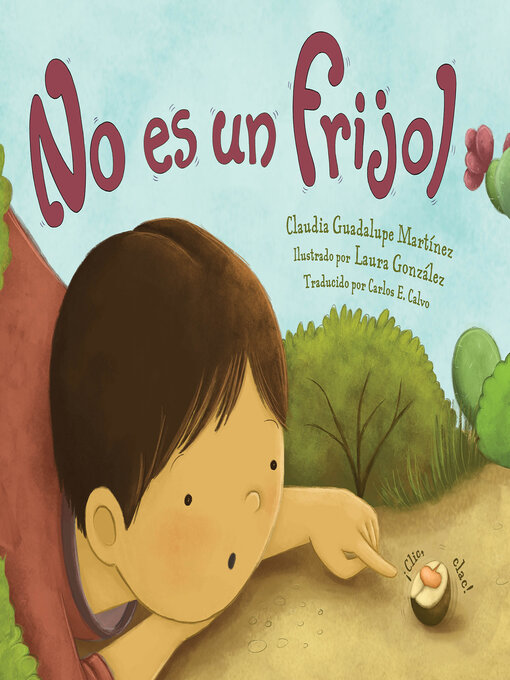- Hot, Hot, Hot eBooks!
- Romance - Available now!
- Thriller Titles - ebooks
- Mysteries - Available now!
- New to Sunflower
- Historical Fiction - Available now!
- Biographies - Available now!
- Inspirational Reading
- Cook Up Something New
- LGBTQ
- See all ebooks collections
- Romance - Available now!
- Audiobooks for the Whole Family
- Juvenile Fiction Audio Books
- Top 100 Available Audiobooks
- Hot off the Press!
- Thriller Titles - Available now!
- Mystery Titles - Available now!
- Science Fiction - Available Now!
- Finish a Book from Leavenworth to Burlington
- Finish a Book from Pittsburg to Goodland
- Finish a Book from Manhattan to Dodge City
- See all audiobooks collections
- Recently Added for Kids
- Belly Laughs
- Crafts and Cooking for Kids
- Kids Picture Books
- Ready to Borrow Audiobooks
- Newly added Beginning Readers
- Read-Alongs
- Most Popular Kids eBooks
- Get Ready For Summer Reading Program
- Hero Up with Super Books!
- Get Out and Play!
- See all kids titles collections
- First Love: YA Romance
- Most Popular Teen eBooks
- Most Popular Teen Audiobooks
- Disponible ahora - Adolescentes!
- #WeNeedDiverseBooks
- Spooky Stories for Teens
- Spring Awakening
- Favorite Teen Reads
- Books to Rule Us All
- See all teen titles collections

